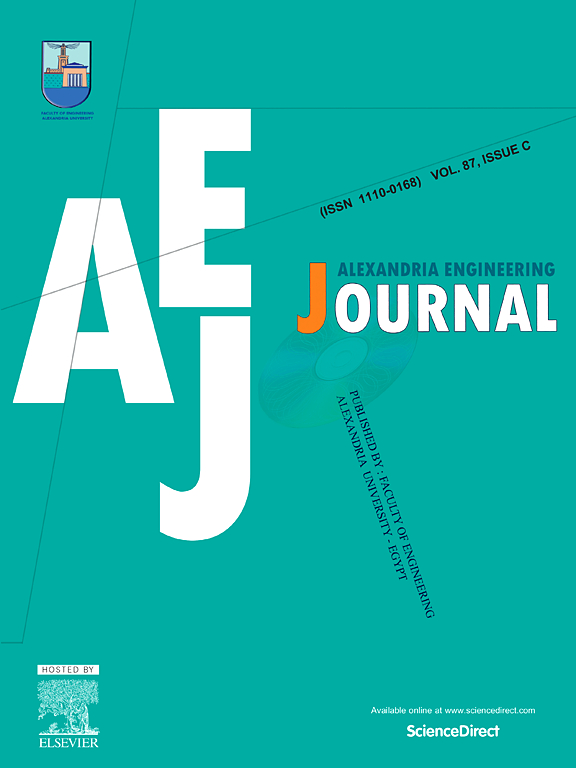Modeling snow accumulation in the bogie region caused by train slipstream based on sliding mesh and particle capture criteria
IF 6.2
2区 工程技术
Q1 ENGINEERING, MULTIDISCIPLINARY
引用次数: 0
Abstract
The accumulated snow swept by the high-speed train's slipstream tends to aggregate on the train's bogie, thereby posing a significant threat to operational safety. In this paper, utilizing the sliding mesh technique and a novel particle injection scheme, the combination of Unsteady Reynolds-Average Navier-Stokes simulation, discrete phase model and particle capture criteria is employed to simulate and analyze the attachment components and accumulation mass of snow particles on the bogie of high-speed trains at speeds of 200 km/h, 250 km/h, and 300 km/h. The results indicate that for the first bogie, snow particles primarily enter from between the rear wheels and the cavity wall; for subsequent bogies, snow particles also enter from between the front wheels and the frame. The accumulation of snow on the rear bogies is markedly greater than on the front ones, with bogie 4 exhibiting the most severe accumulation. The cavity wall and frame of the bogie are the primary components where snow accumulates. Additionally, secondary snow accumulation components include bolster. With increasing speed, snow accumulation decreases on the first three bogies while increasing on the last three bogies. Bogie 4 is most affected by speed variations.
基于滑动网格和颗粒捕获标准的列车滑行导致转向架区域积雪建模
高速列车滑流扫过的积雪往往会聚集在列车转向架上,从而对运行安全构成重大威胁。本文利用滑动网格技术和新颖的颗粒注入方案,结合非稳态雷诺-平均纳维-斯托克斯模拟、离散相模型和颗粒捕获准则,模拟和分析了高速列车转向架上雪颗粒的附着成分和累积质量,速度分别为 200 公里/小时、250 公里/小时和 300 公里/小时。结果表明,在第一个转向架上,雪粒主要从后轮和空腔壁之间进入;在随后的转向架上,雪粒也从前轮和框架之间进入。后转向架上的积雪明显多于前转向架,其中 4 号转向架的积雪最为严重。转向架的腔壁和构架是积雪的主要部位。此外,次要积雪部件还包括转向架。随着速度的增加,前三个转向架的积雪减少,而后三个转向架的积雪增加。转向架 4 受速度变化的影响最大。
本文章由计算机程序翻译,如有差异,请以英文原文为准。
求助全文
约1分钟内获得全文
求助全文
来源期刊

alexandria engineering journal
Engineering-General Engineering
CiteScore
11.20
自引率
4.40%
发文量
1015
审稿时长
43 days
期刊介绍:
Alexandria Engineering Journal is an international journal devoted to publishing high quality papers in the field of engineering and applied science. Alexandria Engineering Journal is cited in the Engineering Information Services (EIS) and the Chemical Abstracts (CA). The papers published in Alexandria Engineering Journal are grouped into five sections, according to the following classification:
• Mechanical, Production, Marine and Textile Engineering
• Electrical Engineering, Computer Science and Nuclear Engineering
• Civil and Architecture Engineering
• Chemical Engineering and Applied Sciences
• Environmental Engineering
 求助内容:
求助内容: 应助结果提醒方式:
应助结果提醒方式:


